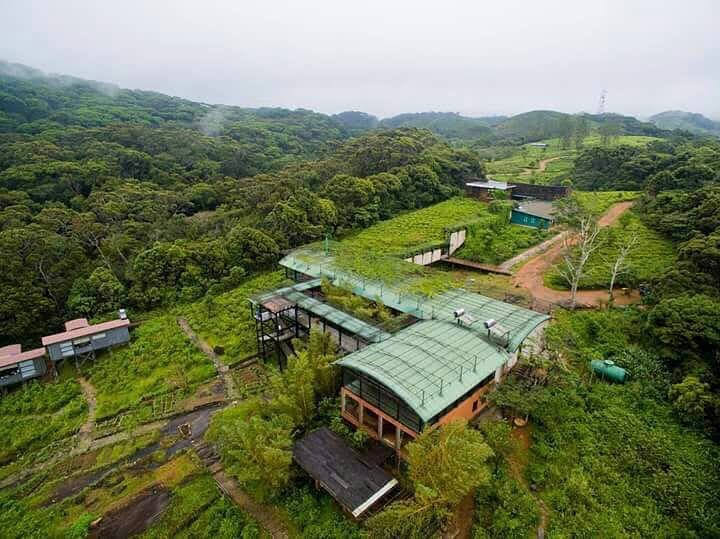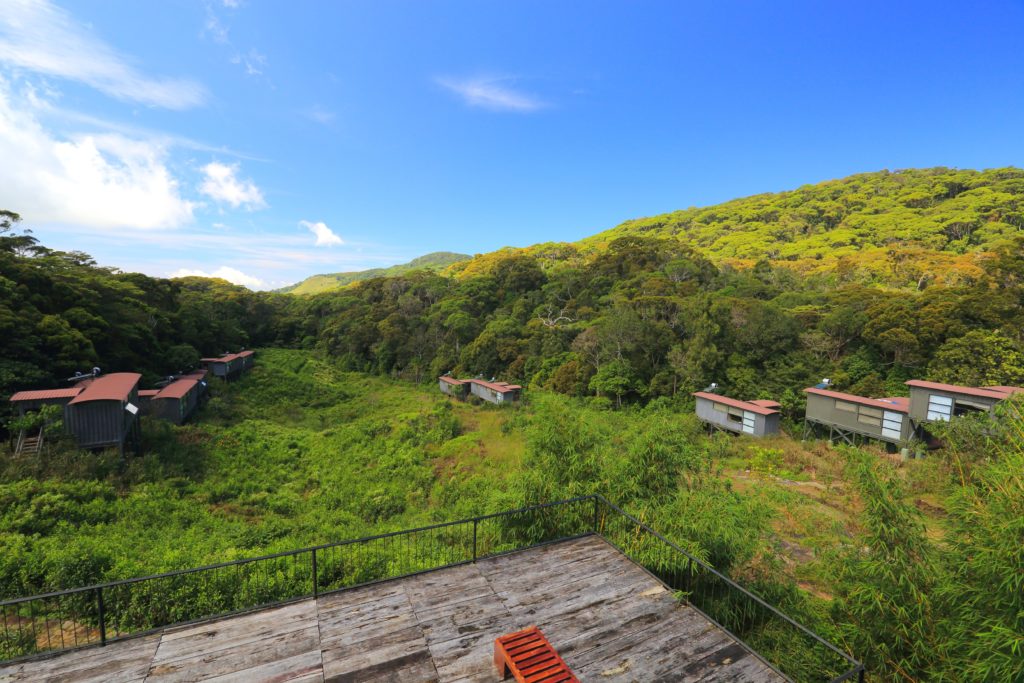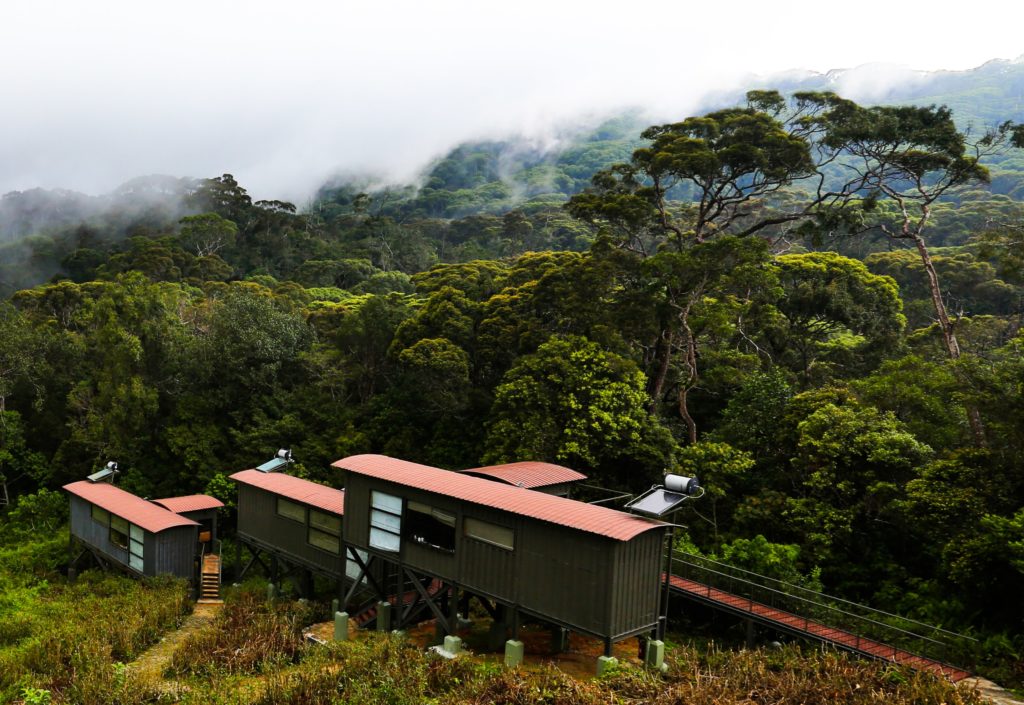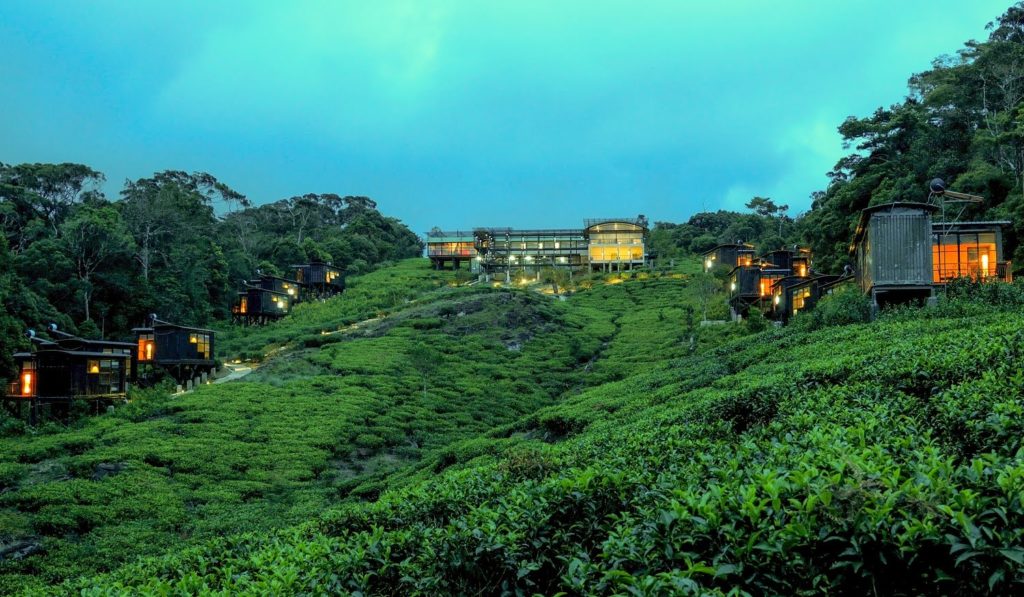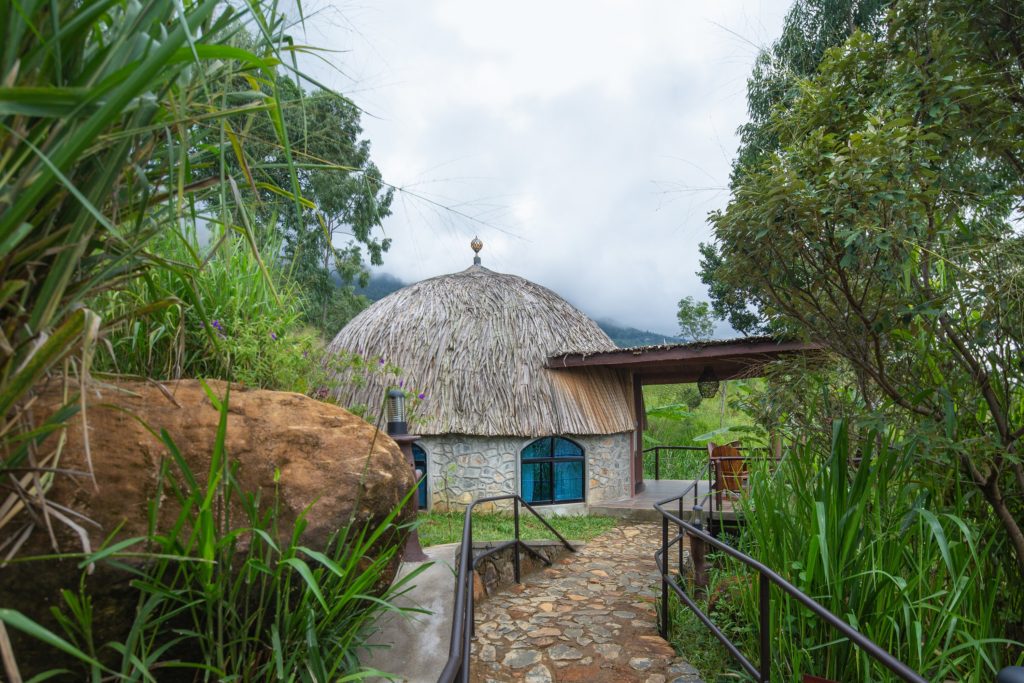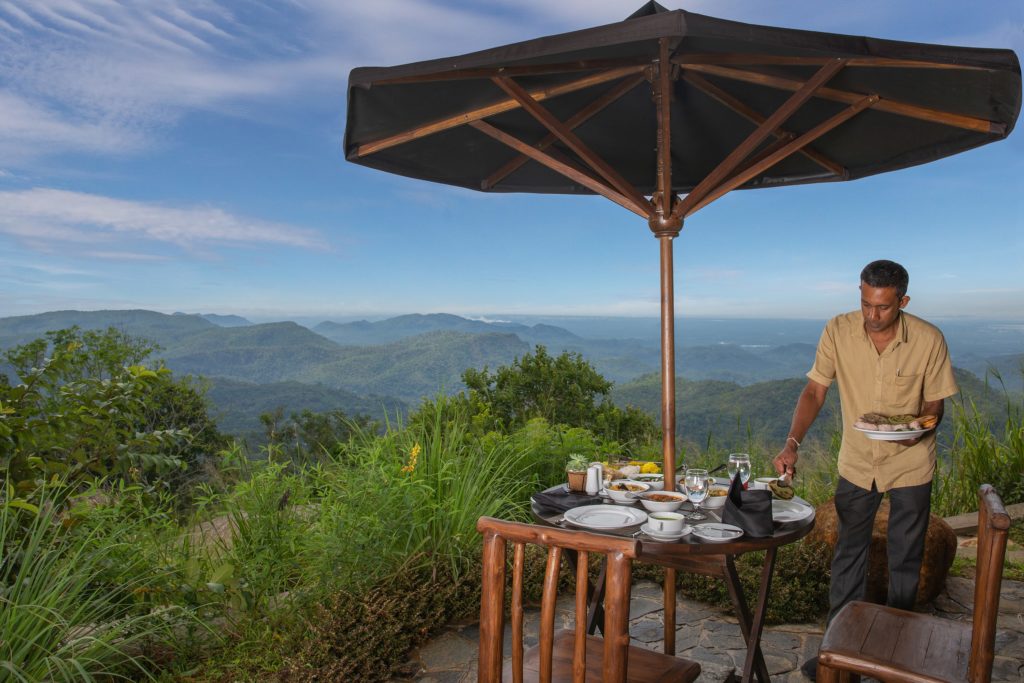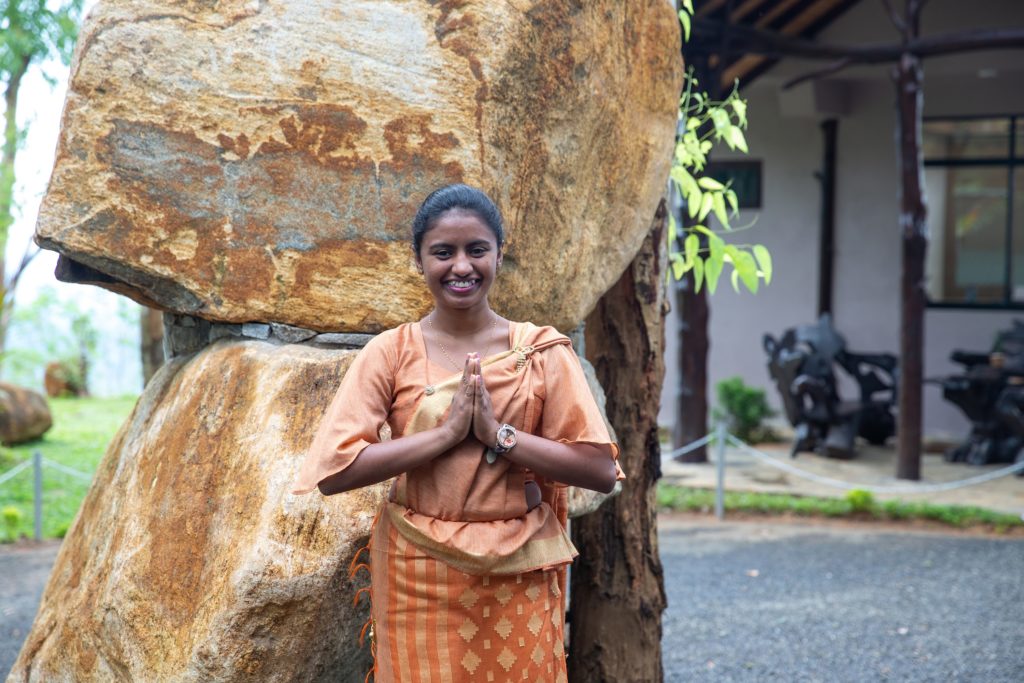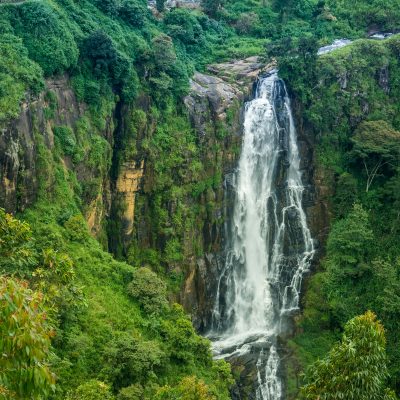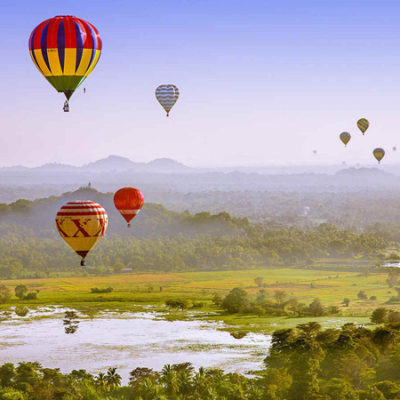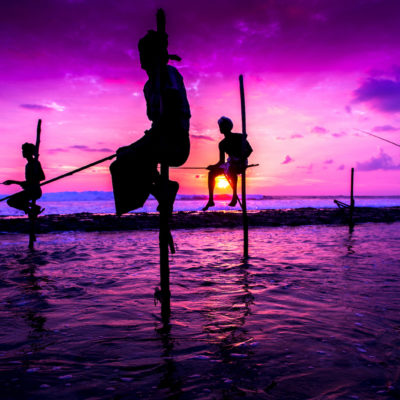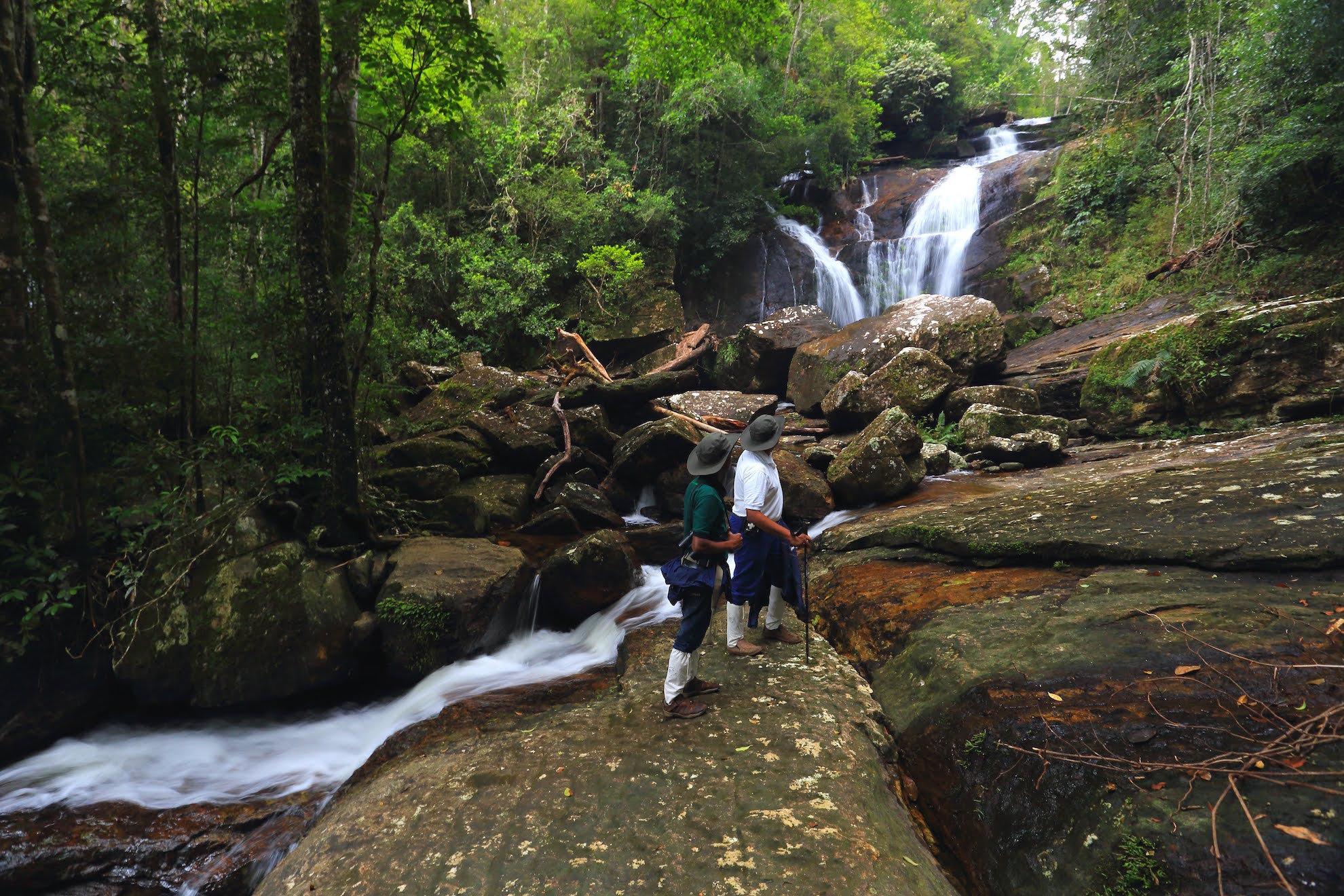
Top 5 Ecotourism Destinations in Sri Lanka
Sri Lanka is a hugely popular tourist destination and a growing segment of its industry is devoting itself to ecotourism, the practice of travelling to remote, often threatened environments in order to support conservation efforts and learn about the local history and culture. Like every country around the world, Sri Lanka is facing great challenges when it comes to climate change and the loss of biodiversity, which is why ecotourism – part of one of the country’s largest industries – is incredibly valuable in the fight to conserve it.
What is ecotourism and why is it important?
Facilitated by responsible tour operators, ecotourism differs from the industry at large, as inherent to its existence are a handful of principles that uphold true sustainability and community welfare. Some of the principles include:
- Direct economic benefits for local communities and conservation projects
- Providing memorable, authentic learning experiences that engage visitors with local culture and ecology
- Design and construction of facilities for the lowest possible impact on surroundings
- Recognition of indigenous rights, and partnerships with indigenous communities
All of these principles help to ensure that visitors have a positive impact on the places they visit, rather than leaving it in an economic or environmental deficit. To travel to ecotourism destinations is to recognise that you are visiting a living, breathing human and ecological ecosystem, and make the conscious effort to support, protect and benefit them, through your consumer choice. In a fast-paced era where isolation and self-interest are all too easy, ecotourism is about slowing down, getting out into the wilderness and connecting with the ground beneath your feet.
Sri Lanka’s Ecotourism
Environmentally-friendly tourism is vital for the health of Sri Lanka’s natural biodiversity, as it cannot be forgotten that the country has lost a vast percentage of its natural habitats over the last fifty years. It is no coincidence that in this time tourism in Sri Lanka has grown at an incredible pace, with visitor numbers annually well into the millions – but, as is often the case, economic growth has led to environmental decline. However, there is another trend happening: since 2004, ecotourism has grown “globally three times faster than the tourism industry as a whole’’.
And as luck would have it the island is home to a whole host of protected natural and cultural sites, including 9 UNESCO World Heritage Sites, twenty six national parks, and a huge number of reserves. It is in these protected areas that a lot of ecotourism destinations are located, hidden in the forest and secluded up in the clouds.
With interest in the movement rising rapidly in Sri Lanka, ecotourism destinations are popping up all over the island. So if you wish to travel to this beautiful island, learn about its authentic culture from people who live it everyday, and take care of the earth as you do it, look no further. Below are four examples of must-visit ecotourism spots in Sri Lanka, and how they are helping the planet and its residents.
Rainforest Ecolodge
In the south of Sri Lanka, nestled in the Sinharaja Rainforest is the Rainforest Ecolodge. Sitting on the fringe of the Sinharaja UNESCO Biosphere Reserve, this ecolodge is a great example of how ecotourism destinations are designed and built with the planet in mind from the very beginning. The whole experience of a stay here is designed to place you in the middle of the rainforest, surrounded by the bustling trees that encircle you. Opened in 2012, twenty chalets built from recycled shipping containers rise above the ground of the forest clearing, simultaneously providing you with a 360° view of the verdant canopy, and allowing the plant and animal life to continue to thrive below.
Finished and decorated with all-natural materials, every inch of this ecolodge has been designed to elevate the beauty of the forest and make nature the principal feature. Here you can enjoy locally-sourced meals in the restaurant that opens out to the mountain range – true alfresco dining, and spend your days trekking the forest floor to the cascading waterfalls and listen to the sweet birdsong rising from the treetops.
Gal Oya Lodge
This ecolodge is located in the eponymous national park, an untouched peaceful paradise in south-eastern Sri Lanka. The designers behind it have beautiful blended nature and luxury to bring you a truly unique experience out in the wilderness. Most notable is the lodge’s partnership with the neighbouring Vedda indigenous community. Thought to be the oldest human inhabitants of Sri Lanka, the Vedda people have long been threatened by many different forces, including private land acquisition, government forest reserve restrictions, and the civil war.
But, the team at Gal Oya Lodge works with the community to educate guests on indigenous life, and the Vedda chief leads tours through the jungle to show how his community connects spiritually to the environment and lives off the land. For over 2,000 years the land of Gal Oya National Park has been preserved and protected, and strolling the forest paths that line the lake is where you can watch wild elephants swimming between islands that are dotted over the water.
Gal Oya may be a last vestige of Sri Lanka’s truely untouched biodiversity and by staying at the Gal Oya Lodge, observing their conservation programs and meeting the Vedda community, you can help in the effort to conserve it.
Flameback Ecolodge
Located on the banks of the Weerawila Lake is the Flameback Ecolodge and its seven secluded tents that marry luxury and comfort with the great outdoors with ease – glamping never looked so good. An integral feature of what differentiates ecotourism from the wider industry is how these places plant roots in their local community and connect to their surroundings in meaningful ways. Ecotourism has been shown to decrease rural poverty, a systemic problem in Sri Lanka, and Flameback are a great example of how ecotourism aids in the fight against it.
Showcased on their website are the local individuals the lodge works with in providing guests with authentic experiences, from going on fishing trips with Sunil, learning palmyrah weaving by artisan craftswoman Disna, to going on treks with Kalana, the lodge’s inhouse ranger. The lodge is also connected to local farmers, buying directly from them, and guests are even welcomed into local homes for dinner. But perhaps most importantly, every employee of Flameback Ecolodge earns a dignified living wage, to help social mobility thrive within the local area. A stay at Flameback encompasses connection in every form; to yourself, to nature, and to culture and the community that lives and breathes it.
Dream Cliff Mountain Resort
Up in the clouds, near the famous Horton Plains National Park is Dream Cliff Mountain Resort. Secluded and serene, this little resort is perched on the mountainside and surrounded by green and luscious trees that extend out as far as the eye can see. This is a Sri Lanka not many tourists get to see, and while the country is facing many difficult effects of climate change Dream Cliff is an example of a natural, preserved ecosystem, ever more valuable in the fight to conserve Sri Lankan biodiversity.
Pristine hillsides stretch and bend out to the horizon, full of adventure and the calls of their wild inhabitants. Another key feature of ecotourism is the ability for the place you stay to build your environmental and cultural awareness of the local area, and this awareness is inherent to a stay at Dream Cliff. Watch the sunrise over the mountaintops as you slumber above the clouds, breathing in the tranquility that flows from the swaying grasses lining the sloping hills to the pillowy clouds that float past your bedroom window.
See true Sri Lankan beauty for yourself as you take part in the many activities on offer. Spend your days venturing to the waterfalls where you can bathe in the free-falling water, mountain biking over the hilltops and down to the villages, and spotting the wildlife that lives and thrives all around. It is environmentally-focused places such as Dream Cliff Mountain Resort, existing harmoniously rather than antagonistically with nature, that can be blueprints for the tourism industry’s vital evolution towards ecotourism.
Sri Lanka is an undeniable biodiversity hotspot rich with colour and culture, with ecotourism becoming an ever-growing sector of the country’s tourism industry working to showcase it all. While the rise in global interest in ecotourism runs parallel to the increase in the threat of climate change, it also shows people’s willingness to change their habits to help the earth.
Ecotourism provides a shining light for the future of tourism, as well as an avenue through which people all over the world can help communities that have long been isolated, impoverished and downtrodden. As you can see, Sri Lanka provides the perfect landscape for so many different types of ecotourism, from its mountaintops to its coral reefs. In return, ecotourism provides Sri Lanka with much needed hope and a helping hand in the fight to save each and every one of them, as well as the opportunity for you to play your part – interested?
“Ecotourism provides any destination with a fantastic way to encourage environmental conservation, and with all the fantastic biodiversity Sri Lanka holds it really is the perfect location for it. The already prevalent growth of the sector in Sri Lanka shows a real hope for greener, more sustainable travel in the future, fundamentally more enriching for all involved.”

